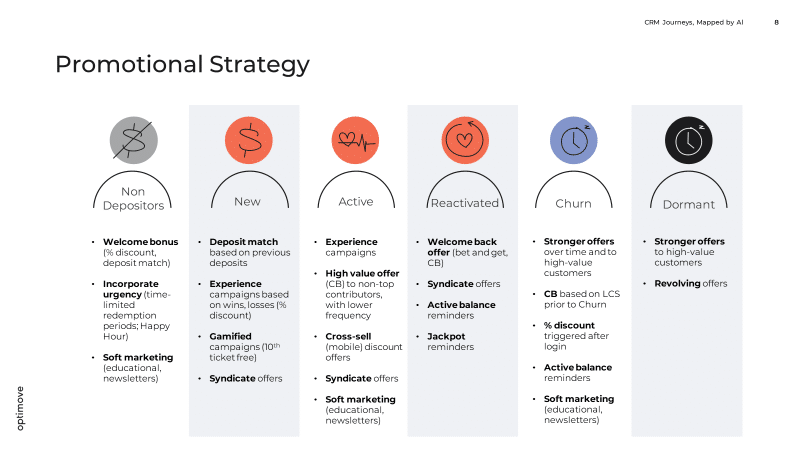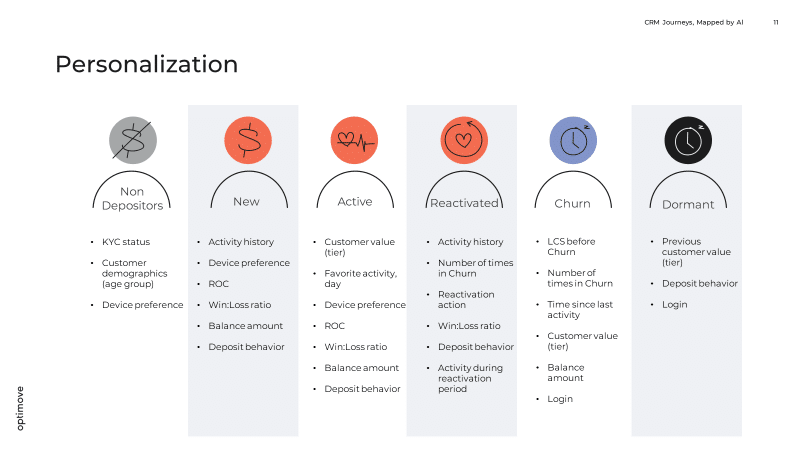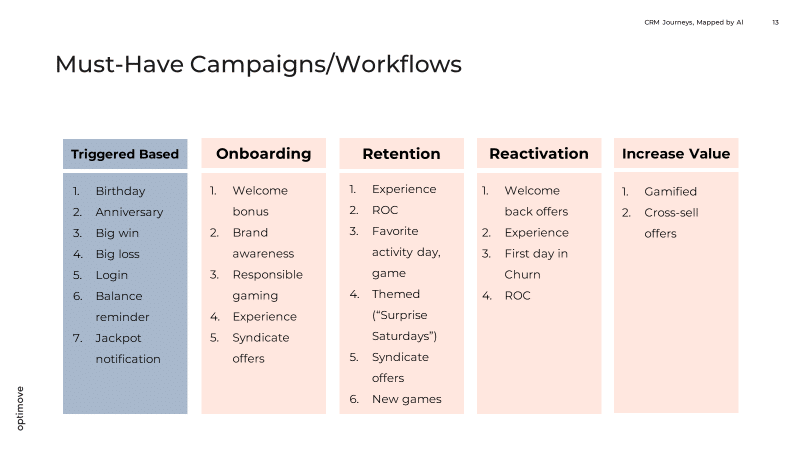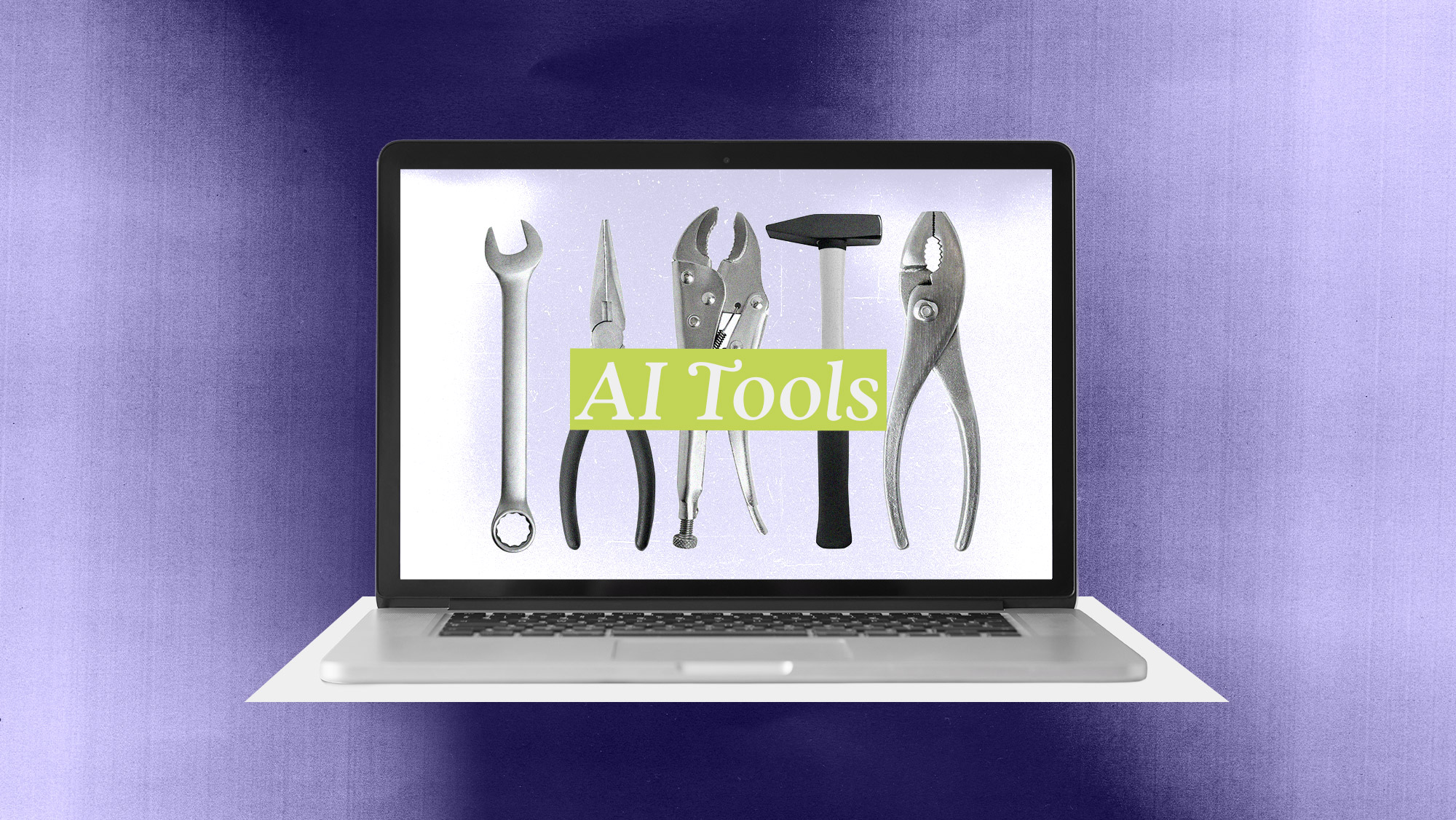
AI and the Retail Marketer’s Future
How AI transforms strategy and processes, driving the adoption of Positionless Marketing
Exclusive Forrester Report on AI in Marketing

Marketers can create effective promotional and personalization strategies, utilizing tried-and-true campaign workflows to ensure a comprehensive marketing mix. By aligning objectives and strategies with the characteristics of each stage, marketers can deliver engaging messages, achieving a winning formula for CRM success in the world of lotteries.
Part 1 of this series set the stage for lotteries to get ready and be set to fire effective marketing messages. In firing messages that hit the mark, this post, Part 2, covers the following:
In Part 1, to improve lifetime player (customer) value, we emphasized that before a lottery executes lottery marketing ideas, two critical aspects of marketing must be completed before message execution:
Insights on best player lifecycle stages to determine target audiences, and
Recapping quickly, in Part 1, Optimove identified six lifecycle stages (LCS) of potential players:
Non-depositors - Registered players who have yet to make a deposit
New players - Players who made their first deposit within the last 14 days
Active players - Active players within the last 30 days and new players with at least two activity days in their first two weeks of deposit
Reactivated players - New and Reactivated players with no additional activity within 14 days OR Active players inactive for the last 30 days
Churned players - Churn players inactive for over 12 months OR Non-Depositors inactive for over six months
Dormant players - Reactivated players within the last 14 days after churning
Customer Relationship Marketing for Lotteries might seem intimidating, but let’s break it down. Of course, recommended promotional strategies change based on each player lifecycle stage (LCS). As depicted in the chart below, while common sense prevails (for example, do not send a welcome bonus to a reactivated player), the nuances of messaging do matter. Non-depositors, for example, should receive a welcome bonus with time-limited redemption periods and benefit from receiving educational messages about the lottery. Conversely, as an example, a Reactivated player can be enticed with a welcome-back offer and active balance and jackpot reminders.
Truly, the player lifecycle stage of each player is like a lighthouse guiding lottery marketing ideas.

Personalization is the holy grail in deep connections with players at each lifecycle stage. While overall promotion strategies look at lottery CRM practices at the 30,000-foot level, personalization strategies are the on-the-ground tactics. Starting with insights from player data, marketers can create pinpointed marketing messages that are relevant and timely to each current and potential player.
For example, in lottery marketing messages aimed at Active players, lotteries that start marketing with the payer data know the player’s favorite activity, device preference, and deposit behavior. This knowledge needs to be integrated into smart market execution. This is true for any lifecycle stage. For example, for a player in the Churn stage, the lottery marketers should be informed by the player’s lifetime stage before churn, the time since their last activity, and the number of times the player has churned.

Lottery marketers must be cognizant of tried-and-true campaign workflows as part of best lottery CRM practices.
The chart below depicts workflows by category. For example, Trigger based campaign workflows include Birthday, Anniversary, Big win, Big loss, Login, Balance reminder, and Jackpot notification. Or, Onboarding workflows can include Welcome bonus, Brand awareness, Responsible gaming, Player Experience, or Syndicate offers.
Workflows are critical to include in the marketing mix. They are a checklist to ensure that lottery marketers consider all possible marketing actions to execute.

the success of CRM practices for lotteries hinges on a deep understanding of customer lifecycle stages. Armed with this knowledge, marketers can set clear objectives for each stage and tailor their communication frequency, accordingly, avoiding marketing fatigue.
This strategic foundation enables lottery operators to deliver timely and relevant marketing messages, amalgamating promotional strategies, personalized approaches, and essential campaign workflows.
The result is executing best CRM practices for lotteries in a perfect flow of ready, aim fire —a winning formula for achieving marketing goals in the world of lotteries.
Exclusive Forrester Report on AI in Marketing
In this proprietary Forrester report, learn how global marketers use AI and Positionless Marketing to streamline workflows and increase relevance.


Rob Wyse is Senior Director of Communications at Optimove. As a communications consultant, he has been influential in changing public opinion and policy to drive market opportunity. Example issues he has worked on include climate change, healthcare reform, homeland security, cloud transformation, AI, and other timely issues.


